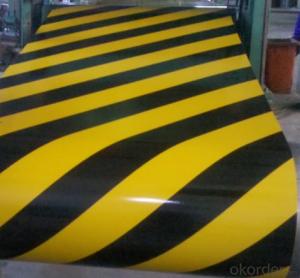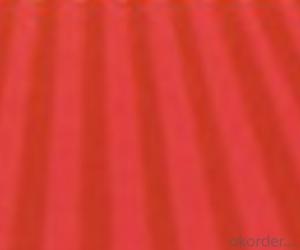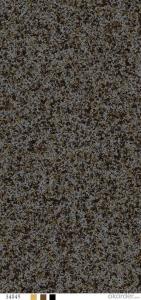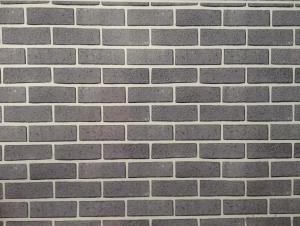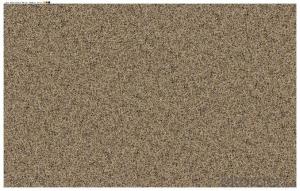color bond surface coating steel plate--XY005
- Loading Port:
- China Main Port
- Payment Terms:
- TT OR LC
- Min Order Qty:
- -
- Supply Capability:
- -
OKorder Service Pledge
OKorder Financial Service
You Might Also Like
1. Color bond surface coating steel plate :
2.more than ten years experiences, the products are sold to the domestic city and some international cities we strivc to develop production of color coating steel plate the plating (aluminum )
zinc steel. Coil cheickness between 0.6mm and 1.5mm and the width from 600mm to 1250mm and a variety of high durability of color coating steel plate.
3.The company has multiple layer patterns for customers to choose The company provides products deep processing services ,meet the various needs of customers on board specifications All of out products comply with international quality standards and are greatly appreciated in a variety of different markets throughout the world if you ate interested in any of our products or would like to discuss a custom order please feel free to contact us we are looking forward to forming successful business relationships with new clients around the world in the near future.
4.We can design the color and thickness according to customers' requirements. The delivery time is only 30 day after you confirm the order.
- Q: Can steel sheets be used in corrosive environments?
- Yes, steel sheets can be used in corrosive environments, but it is important to choose the right type of steel that is resistant to corrosion, such as stainless steel or galvanized steel. These types of steel have protective coatings or alloys that prevent or minimize corrosion, making them suitable for use in corrosive environments.
- Q: What is the maximum size of steel sheets available?
- The maximum size of steel sheets available depends on various factors such as the manufacturing capabilities of the steel mill, transportation limitations, and customer requirements. However, steel sheets can commonly be produced in sizes up to 20 feet by 40 feet or larger, depending on the specific needs and capabilities within the industry.
- Q: What are the different surface finishes for galvalume steel sheets?
- Some of the different surface finishes for galvalume steel sheets include regular spangle, minimized spangle, and zero spangle.
- Q: What are the different methods of surface preparation for steel sheets?
- Some of the different methods of surface preparation for steel sheets include sandblasting, chemical cleaning, mechanical cleaning, and power tool cleaning.
- Q: What is the typical price range for steel sheets?
- The typical price range for steel sheets can vary depending on several factors such as the type and grade of steel, the thickness and size of the sheets, and the current market conditions. Generally, steel sheets can range in price from around $30 to $200 per sheet. However, it's important to note that these prices are approximate and can fluctuate significantly. It is always recommended to check with local suppliers or manufacturers to get the most accurate and up-to-date pricing information for steel sheets.
- Q: What are the different types of coatings available for steel sheets?
- There are several types of coatings available for steel sheets, including galvanized coatings, which involve applying a layer of zinc to protect against corrosion; metallic coatings, such as aluminum or tin, which provide a barrier against corrosion; organic coatings, including paints and polymers, which offer both protection and aesthetic appeal; and ceramic coatings, which provide high-temperature resistance and can be used in extreme environments.
- Q: Are steel sheets resistant to extreme temperatures?
- Yes, steel sheets are generally resistant to extreme temperatures. Steel has a high melting point and can withstand both extremely high and low temperatures without significant deformation or structural damage.
- Q: What is the maximum length of steel sheets?
- The maximum length of steel sheets varies depending on the manufacturer and specific product, but it can typically range from 12 to 40 feet.
- Q: What is the typical load-bearing capacity of a steel sheet?
- The typical load-bearing capacity of a steel sheet can vary depending on its thickness, grade of steel, and how it is supported. However, on average, a standard steel sheet can typically bear loads ranging from 5,000 to 20,000 pounds per square inch.
- Q: Is the pattern steel plate hot-dip galvanized steel?
- Hot galvanized steel sheet is hot-dip coated with a metal sheet of zinc about 5-12 microns in size. It is corrosion resistant.The pattern board is a steel plate with a pattern on its surface. The English name is diamond plate. The pattern of a lentil shaped, diamond, round bean shaped, oval shape mixed on the market, the most common form of lentils. Pattern board, according to the material (aluminum alloy, stainless steel, ordinary steel, etc.) different, different shape patterns.
Send your message to us
color bond surface coating steel plate--XY005
- Loading Port:
- China Main Port
- Payment Terms:
- TT OR LC
- Min Order Qty:
- -
- Supply Capability:
- -
OKorder Service Pledge
OKorder Financial Service
Similar products
Hot products
Hot Searches
Related keywords
